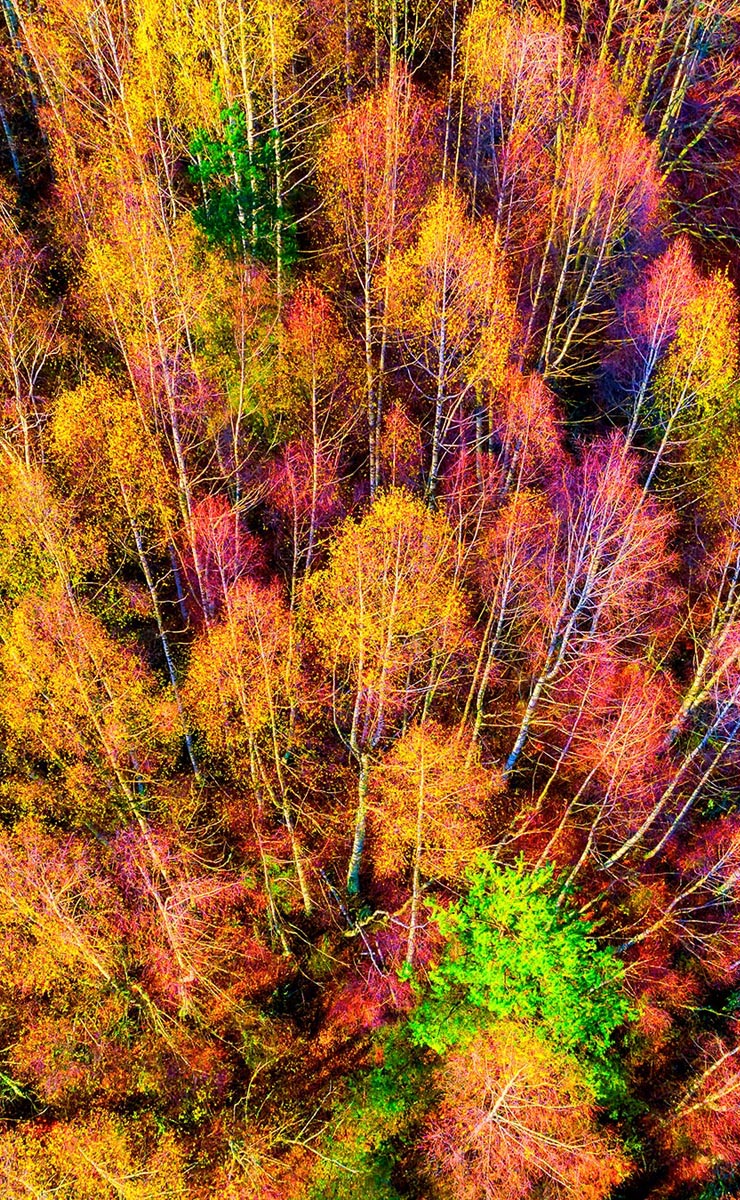If you look at a map of Ancient Thrace, you'll see that it was once a large region which included parts of modern Greece, Bulgaria, and Turkey. Greek mythology has a personage named Thrax, son of Ares, the god of war, who lived in the region. Thracians were famous fighters. They make their appearance in the Iliad as allies of Troy. Homer said, rather vaguely, that Thrace's borders stretched from the Axios River on the west (just west of Thessaloniki), to the Hellespont and Black Sea on the east. Contemporary Thrace is considerably smaller than that., and is known outside of Greece as Western Thrace (Eastern Thrace being the only European land that Turkey holds, up to Istanbul at its eastern end).
Thrace was controlled by the Persian Empire around 500 BC, and Thracian soldiers were part of the Persians' invading force of Greece around that time. By the time of Alexander, however, 150 years later, Thracian troops joined Alexander's neighboring Macedonians in their invasion and conquest of Persia.
Greek Thrace is an interesting, somewhat mysterious region in the extreme northeast of the country, with Alexandroupoli (pop. 73,000) its largest and most attractive city. A crossroads city, Alexandroupoli is a transition point for land and sea travelers to Turkey (only 20 km away), and to Bulgaria, as well as to western to Greece and the island of Samothrace. Its highlights include The Ecclesiastical Art Museum, the Thrace Ethnological Museum, The Cathedral of Agios Nikolaos, and some very nice beaches just to the west of the city a few kilometers. It has a landmark lighthouse and some archeological sites as well.
Culturally, the region is a bit mixed, situated as it is near Bulgaria and Turkey. There are Muslim population centers. including the interesting Pomaks, a Bulgarian-Turkish speaking Muslim enclave of 50,000 out of Thrace's total population of 370,000. There are an additional 70,000 Muslims in Thrace, giving Thrace a 30%-70% Muslim-Christian split. The Muslims of Thrace were exempt from the forced Muslim-Christian population exchange which took place between Greece and Turkey in the early 1920's. Thrace is the only remaining place in Greece where large numbers of Christians and Muslims live next to each other. You'll see mosques, Turkish-style houses with timbered, projecting upper stores, and Turkish sweet shops all over Thrace.
A lot of tobacco is grown in Thrace, as well as wheat and other temperate zone crops.
Xanthi (pop. 63,000), is built on the foothills of the Rhodope Mountains, and is divided in half by the Kosynthos River. Xanthi has a reputation for throwing a great late-winter carnival featuring dances, concerts, period costumes, and parades. Along with nearby Komotini, Xanthi has many Turkish-speaking Muslims. Komotini has about the same population as Xanthi. It was a well-known stop on the ancient Roman road, the Via Egnatia.
Thrace has extensive oak forests which turn a beautiful bronze during the warm, dry days of autumn stretching into November. The Evros Delta is home to throngs of migratory birds, as is the Dadia Forest Reserve, a wild, hilly, forested region just west of the Evros river where 36 of Europe's 38 predatory bird species can be found.
Ethnically different, topographically beautiful, wild and mysterious, Thrace is worth a visit.











